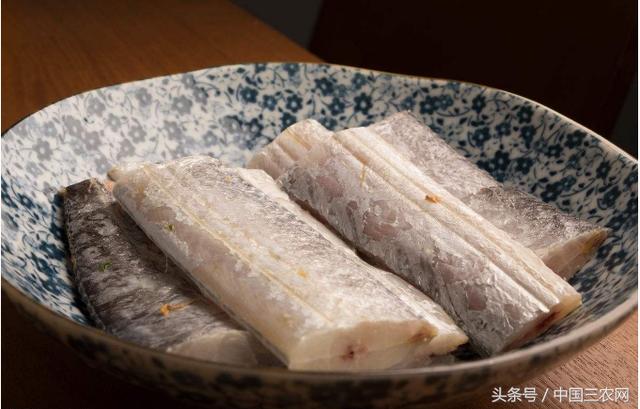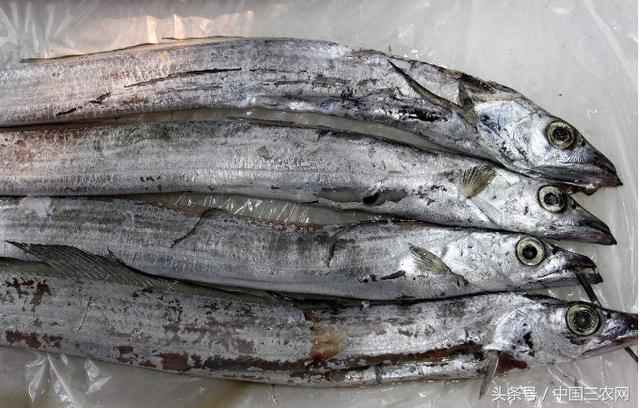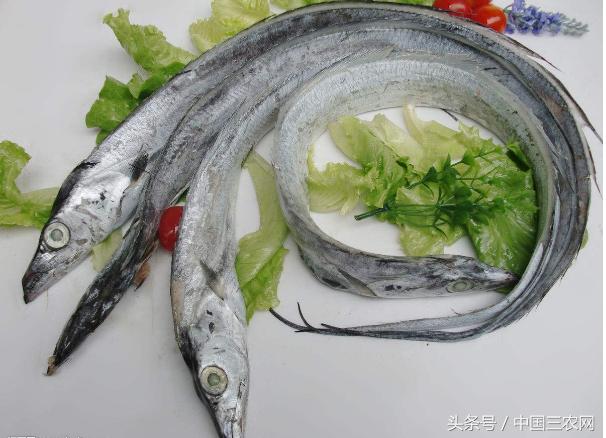Can the common belt fish on the table be farmed or not?

Belt fish belong to deep-water fish, such as the East China Sea white belt fish (accounting for more than 80% of the world's belt fish production). They live in the middle layer of about 60 meters of sea water during the day and swim to the bottom of about 100 meters at night. The belt fish will hide deeper when the temperature is cold in winter, and some species of belt fish will live in a trench at a depth of 1000 meters all the year round.
After being caught, the hairtail will "explode" because of the loss of water pressure, and the visceral ruptured belt fish will die immediately. This is a major technical problem hindering the cultivation of belt fish. It is impossible to cultivate belt fish in shallow water, but it is more difficult to cultivate them in the deep sea. So at present, there is no large-scale belt fish farm.

Even if the technical problems of belt fish culture are overcome, large-scale culture is also not realistic, the number of belt fish is large and the fishing cost is very low, and the market price is also very cheap. Taking into account the costs of cages, feed and labor, the cost of belt fish culture is naturally much higher than that of wild belt fish fish. in addition, the taste and meat quality of cultured belt fish is definitely not as good as that of wild belt fish, so there is not much market prospect.

Of course, there is not no precedent for belt fish culture. in July last year, the Fisheries Research Institute of Zhoushan City, Zhejiang Province announced that it had overcome the worldwide problem. The artificial breeding of belt fish was successful. More than 300 belt fish from the deep sea were artificially fed for two months, breaking the claws of dead belt fish out of water (deep water) in one fell swoop. At the same time, it also filled the gap in domestic belt fish research. However, this is only a small step forward in belt fish culture, and it is not suitable for large-scale culture. Belt fish culture still has a long way to go.
- Prev

Deep analysis of fermentation bed culture technology
In the southeast coastal areas, traditional farms have been forced to close due to serious pollution and require rectification. Next, the state will gradually rectify the situation.
- Next

How to improve the efficiency of large-scale beef cattle breeding in winter?
1. Choose Simmental, Charolais, Limousin and other beef breeds or improved local breeds, healthy and disease-free, with a body weight of 2.
Related
- On the eggshell is a badge full of pride. British Poultry Egg Market and Consumer observation
- British study: 72% of Britons are willing to buy native eggs raised by insects
- Guidelines for friendly egg production revised the increase of space in chicken sheds can not be forced to change feathers and lay eggs.
- Risk of delay in customs clearance Australia suspends lobster exports to China
- Pig semen-the Vector of virus Transmission (4)
- Pig semen-the Vector of virus Transmission (3)
- Five common causes of difficult control of classical swine fever in clinic and their countermeasures
- Foot-and-mouth disease is the most effective way to prevent it!
- PED is the number one killer of piglets and has to be guarded against in autumn and winter.
- What is "yellow fat pig"? Have you ever heard the pig collector talk about "yellow fat pig"?

